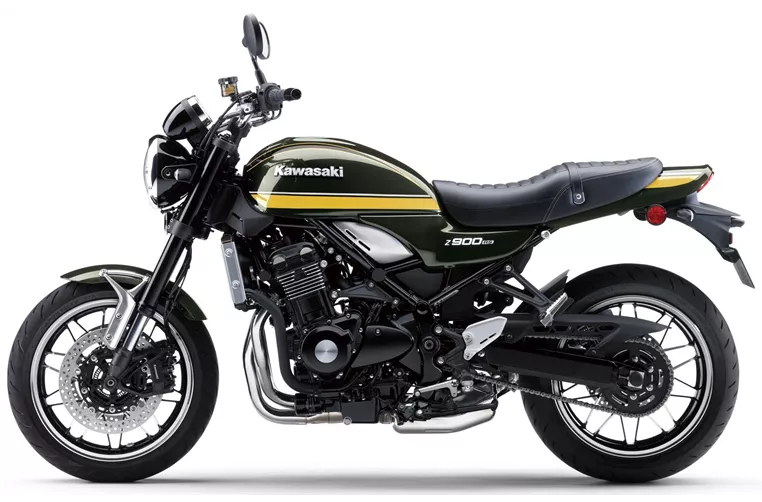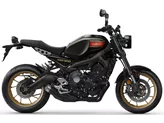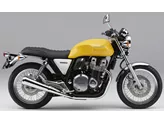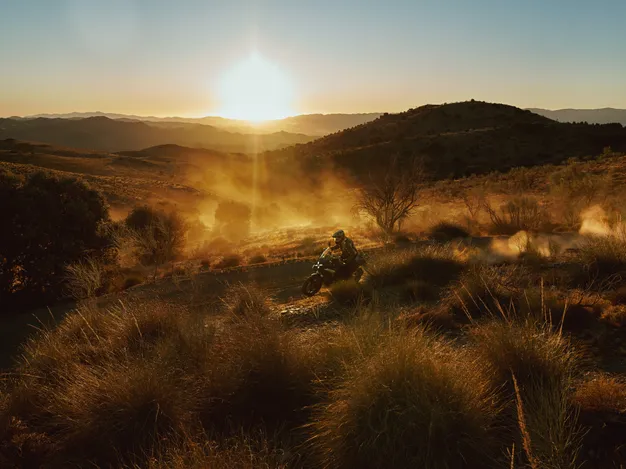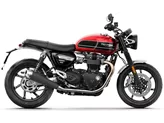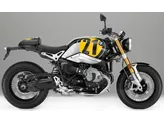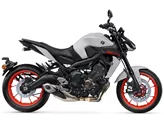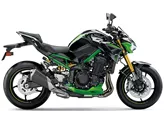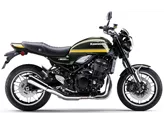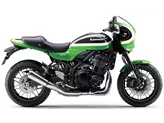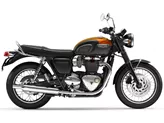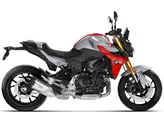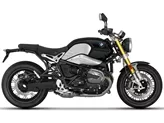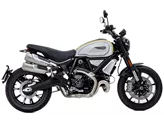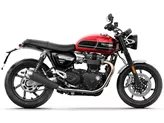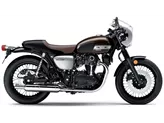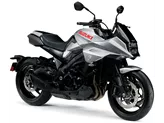Yamaha XJR 1300 Racer 2015 vs. Kawasaki Z900 RS 2021

Yamaha XJR 1300 Racer 2015
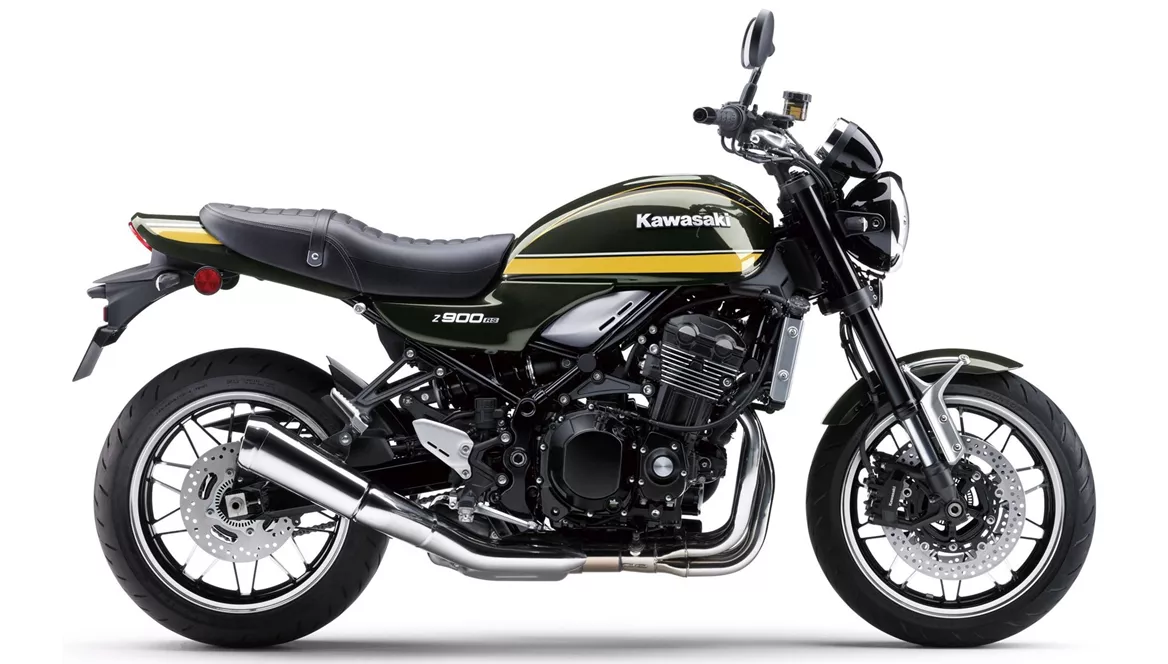
Kawasaki Z900 RS 2021
Vue d’ensemble - Yamaha XJR 1300 Racer 2015 vs Kawasaki Z900 RS 2021
In terms of engine power, the Yamaha XJR 1300 Racer 2015 offers 98 HP, while the Kawasaki Z900 RS 2021 provides 111 HP. This means that the Z900 RS has a slight advantage in terms of power output.
When it comes to torque, the XJR 1300 Racer produces 108.4 Nm, whereas the Z900 RS generates 98.6 Nm. The XJR 1300 Racer has a higher torque output, which can result in better acceleration and low-end power.
Both bikes have four cylinders, ensuring smooth and balanced power delivery. However, the XJR 1300 Racer utilizes air cooling, while the Z900 RS features liquid cooling. Liquid cooling generally provides more efficient heat dissipation, which can be beneficial for maintaining optimal engine temperatures.
In terms of displacement, the XJR 1300 Racer has a larger engine with a displacement of 1251 ccm, compared to the Z900 RS's 948 ccm. A larger displacement engine can potentially offer more power and torque.
The front suspension on the XJR 1300 Racer is a telescopic fork, while the Z900 RS features an upside-down telescopic fork. Upside-down forks are generally considered to provide better performance and handling due to their inverted design.

Yamaha XJR 1300 Racer 2015
In terms of frame type, the XJR 1300 Racer has a double cradle frame, while the Z900 RS utilizes a tubular frame. Both frame types have their advantages and disadvantages, but they generally provide good stability and handling.
Both bikes have double disk front brakes, ensuring reliable and efficient stopping power.
In terms of tire dimensions, both bikes have a front tire width of 120 mm and a rear tire width of 180 mm, with a diameter of 17 inches. These tire dimensions provide good stability and grip.
The wheelbase of the XJR 1300 Racer is 1500 mm, while the Z900 RS has a slightly shorter wheelbase of 1470 mm. A longer wheelbase can contribute to better stability at high speeds, while a shorter wheelbase can enhance maneuverability.
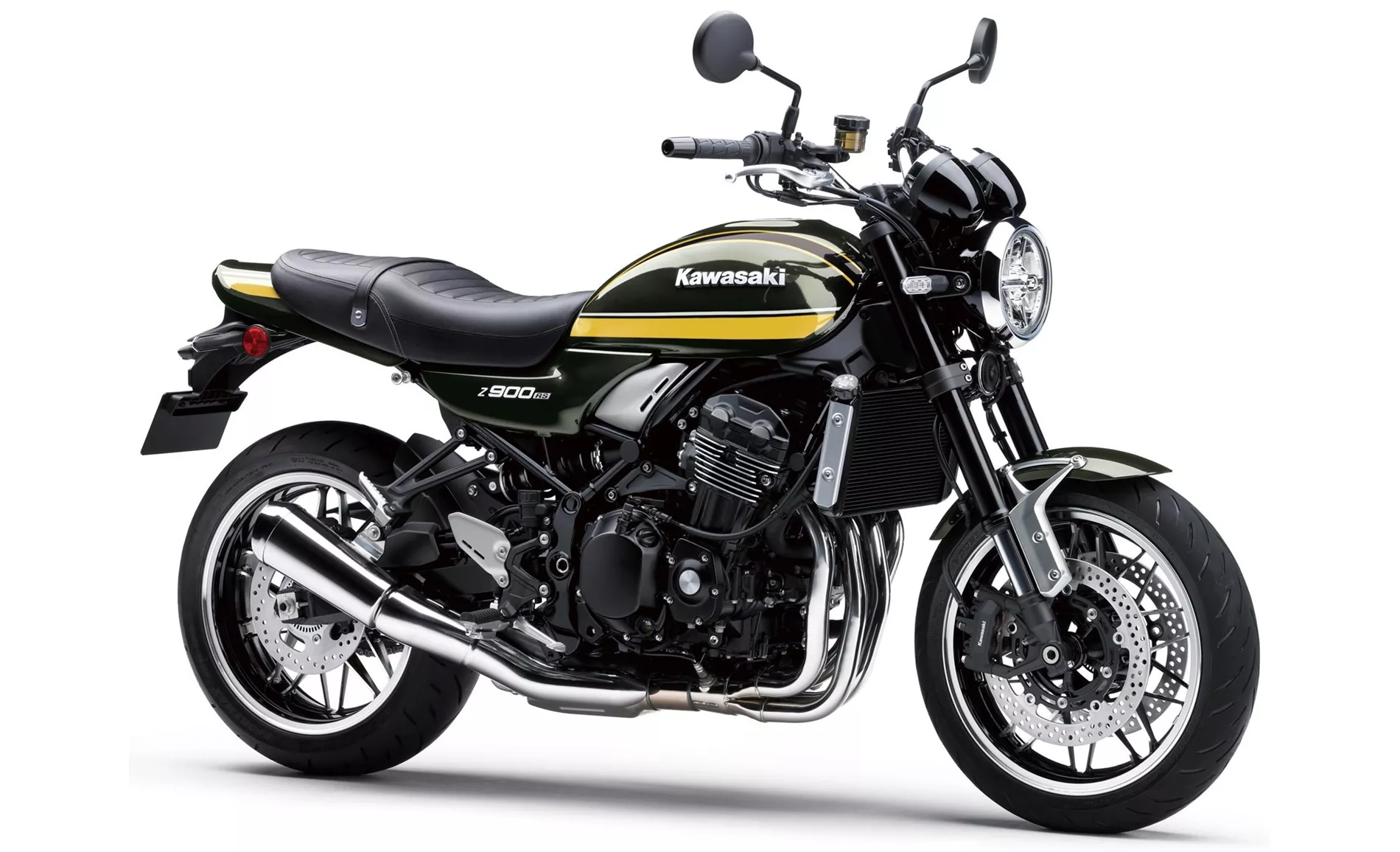
Kawasaki Z900 RS 2021
The seat height of the XJR 1300 Racer is 829 mm, while the Z900 RS has a slightly higher seat height of 835 mm. The difference in seat height may not be significant for most riders, but it can affect comfort and reach to the ground.
In terms of fuel tank capacity, the XJR 1300 Racer has a capacity of 14.5 liters, while the Z900 RS offers a larger capacity of 17 liters. A larger fuel tank capacity can provide a longer riding range before refueling.
The Yamaha XJR 1300 Racer 2015 is praised for its refined engine, great power and torque, lovely details, high-quality workmanship, and excellent chassis components. However, it has weaknesses such as strong heat radiation from the engine onto the rear in the absence of airstream, an uncomfortable seating position in slow city traffic, and a slightly tight throttle grip on long tours.
On the other hand, the Kawasaki Z900 RS 2021 is appreciated for its authentic and beautiful retro look, very comfortable seating position, and easy and comfortable ride. However, it lacks a quickshifter and driving modes, although it does have adjustable traction control.
Overall, both bikes have their strengths and weaknesses, and the choice between them will depend on individual preferences and priorities.
Caractéristiques techniques Yamaha XJR 1300 Racer 2015 par rapport à Kawasaki Z900 RS 2021
Avantages et inconvénients en comparaison
Avantages et inconvénients en comparaison
Yamaha XJR 1300 Racer 2015
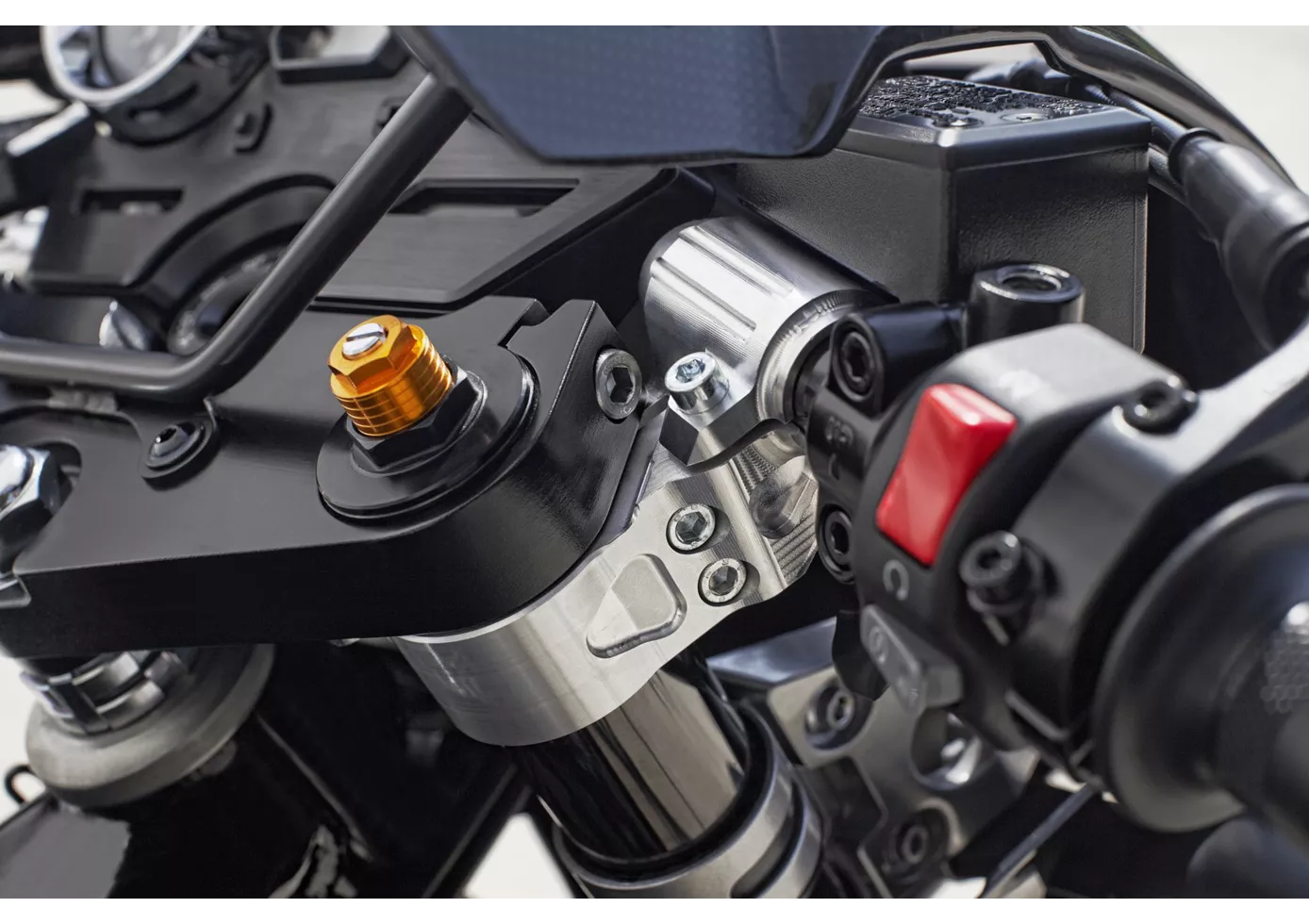
La Yamaha XJR 1300 Racer est une moto customisée avec beaucoup de soin, même à l'état de série. Vu le faible nombre d'exemplaires que Yamaha va probablement vendre, cette moto n'est certainement pas un produit de masse. Les amateurs de quatre cylindres refroidis par air vont adorer cette moto. Ce moteur a été perfectionné et représente la culture du 4 cylindres dans sa forme la plus pure. La position de conduite est décontractée et procure beaucoup de plaisir sur les passages fluides, mais dans la circulation urbaine lente, cela devient un peu inconfortable. La machine est proposée sans ABS. Pour ceux qui aiment ça, c'est un plus, les autres devront malheureusement chercher ailleurs.
Kawasaki Z900 RS 2021
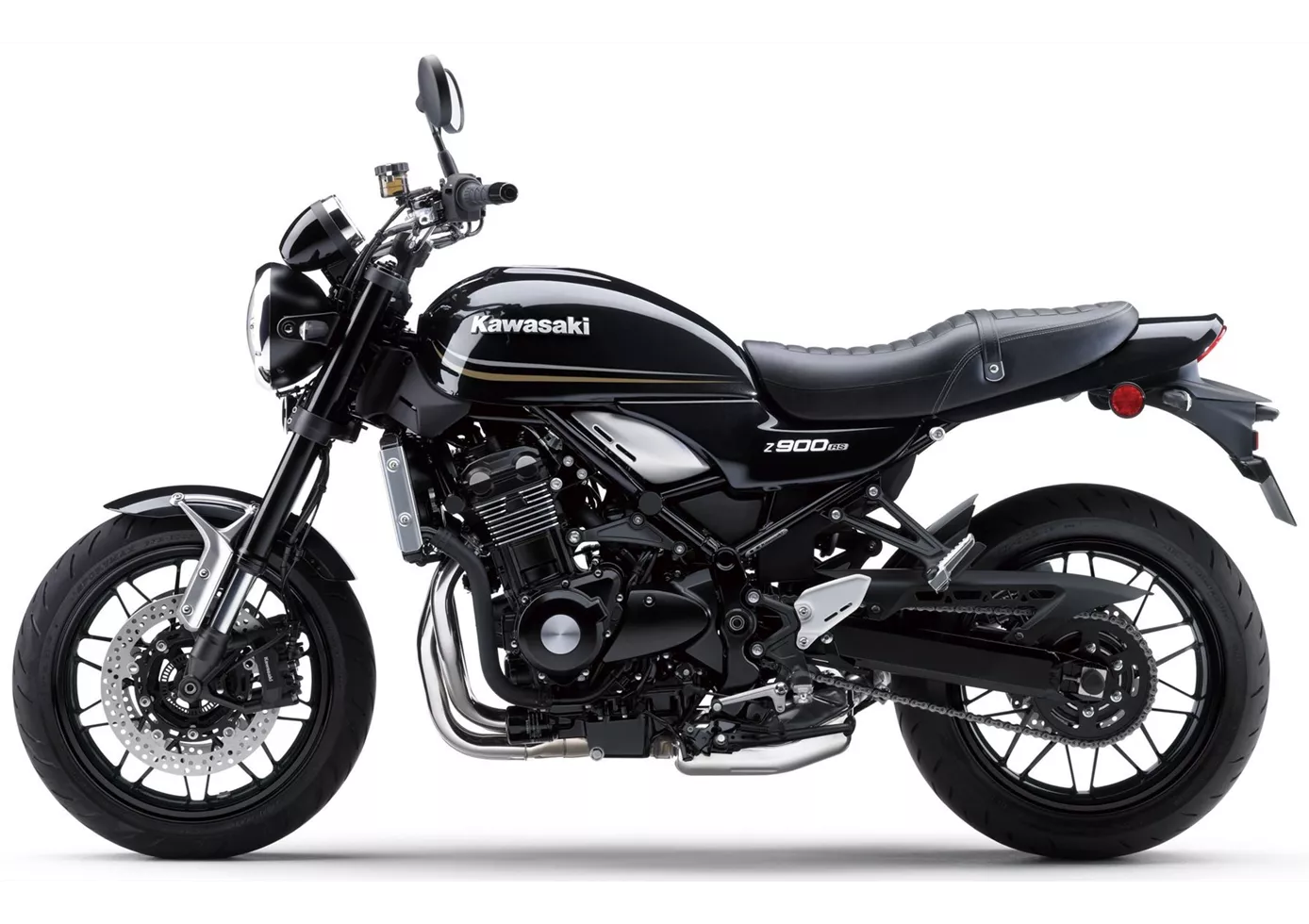
Une moto à la beauté intemporelle, la Z 900 RS. Son cœur, le puissant et soyeux quatre cylindres, garantit un plaisir de conduite absolu. Même pour les longs trajets, elle offre un grand confort grâce à sa position d'assise agréable, sa selle bien rembourrée et son guidon haut et large. Pour ceux qui aiment les motos rétro, mais qui apprécient les performances de conduite modernes, la Z1-Hommage est un très bon choix.
Comparaison des prix Prix moyen du marché Yamaha XJR 1300 Racer vs Kawasaki Z900 RS
There are a few key differences between a Yamaha XJR 1300 Racer 2015 and a Kawasaki Z900 RS 2021. It takes less time to sell a Kawasaki Z900 RS with 125 days compared to 215 days for the Yamaha XJR 1300 Racer. Since model year 2015 1000PS.de editors have written 1 review for the Yamaha XJR 1300 Racer and 26 reviews for the Kawasaki Z900 RS since model year 2018. The first review for the Yamaha XJR 1300 Racer was published on 3/5/2015 and now has more than 94,800 views. This compares to more than 63,700 views for the first review on Kawasaki Z900 RS published on 9/6/2017.

